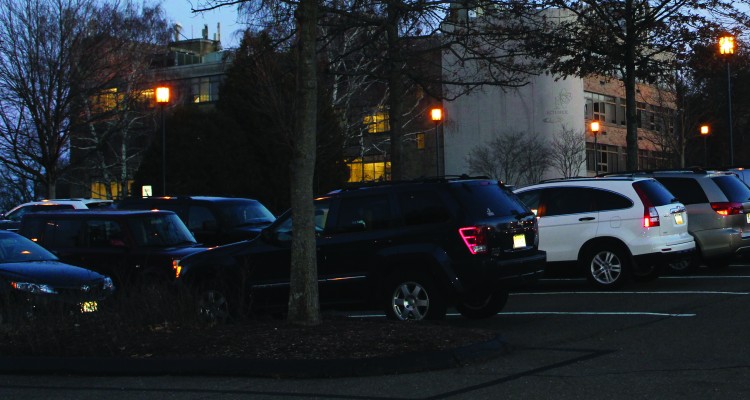With the housing lottery fast approaching, the lack of room for sophomores in residence halls is a hot-button issue for students right now. With the limited choices of either living in a residential college or in the Village, many students are not happy with the way housing is set up. Additionally, without enough room in the res colleges and the Village, the excess of students have been sent to live in the freshman residence hall Gonzaga Hall for the past few years.
Residence Life, however, has been working hard to remedy this problem since the Fairfield 2020 experience, the strategic five-year plan that guides everything that the University does, according to Associate Director of Residence Life Charlie Sousa.
“Right now we are still in the preliminary stages of everything,” said Sousa. “The first step is the decision to say we’re going to build the building. Once you do that then you move forward and start interviewing architects. We are still very early on with the process, but we have been meeting with different architectural firms since December.”
Sophomore Zack Mueller, a Gonzaga resident, likes the idea of a new residence hall being built.
“I think it’s nice because a lot of the dorm rooms are pretty old and it would be nice to have something new and another option for kids to live in,” he said.
A new residence hall will be built that is anticipated to house around 200 sophomores. After the construction of this new residence hall, there should be more than enough room for both sophomores and freshmen, according to Sousa.
“Housing is always tight for the sophomores,” Sousa commented. “They can go the res college route, which houses about 450 students, or they can try to get into the suites, which house about 350 students … For the past few years, the overflow has gone to Gonzaga. But if you end up with two big classes back-to-back, you end up with a deficit of housing somewhere, and it becomes very tight … That’s why we got this idea that … sophomores should have a new building.”
Sousa, who has been involved with the meetings concerning the new residence hall since the beginning, said that the process has been ongoing for the past few years. However, according to Sousa, it takes much longer than most students would expect.
Despite the fact that these plans have been ongoing, many students, such as Mueller and Jeanne Cullen ‘18 were unaware that a new residence hall was being built at all.
No final decisions have been made in regard to which architectural firm will be used; however, the University has an idea of what it wants for the new residence hall.
“You don’t want to just throw a random building in the Quad,” said Sousa. “If you look at our campus, everything looks fairly similar, and everything ties in together. That’s what we aim to do, so that it is not mismatched and disjointed. You want everything to look like it’s been here for the same amount of time, even though we know it hasn’t.”
While ResLife is exploring a few different sites, the main one that is being looked at currently is between Gonzaga and Regis.
Cullen, who is currently living in Gonzaga, believes that this is a good spot for a new residence hall.
“I like the location of Gonzaga,” she said, “so I think another sophomore dorm located [in the Quad] would be good.”
Although it is contingent on many factors, ResLife hopes to be able to open the new building within the next few years.
However, according to Sousa, it is important that students become involved in the process in the near future.
“From our end, one of the things that we’re looking for is getting some student feedback. We started this type of process with Dolan Hall, Meditz and McCormick,” he said.
Sousa said that in the past, architectural firms had the opportunity to meet with students and get feedback on their design ideas. “The hope is that we do something similar to that as we move forward with this new building,” he said.
Sousa said that student involvement is essential to creating something that is an integral part of students’ lives. “This is something that has such a large impact on the student population that we should be filling rooms with students and turning people away because we don’t have enough space, but they’re not coming,” he said. “At the end of the day, who knows what students need best? I have an idea of what students want, but students are the ones that can come to me and say ‘I think we need X, Y and Z.’”


Leave a Reply